 THE MINERAL KYANITE
THE MINERAL KYANITE
- Chemistry: Al2 SiO5, Aluminum Silicate
- Class: Silicates
- Subclass: Nesosilicates
- Uses: in the manufacture of spark plugs etc and as mineral specimens.
Specimens
Since the three minerals form under different conditions of temperature and pressure, they are diagnostic for those conditions.
Kyanite is an attractive mineral that has a near sapphire-like blue color in some especially nice specimens.Kyanite has a nearly unique characteristic in that it has a wide variation in hardness in the same crystal face. The hardness of kyanite is approximately 4.5 when scratched parallel to the long axis of the crystal and approximately 6.5 when scratched perpendicular to or across the long axis. Other minerals usually have variable hardness on different crystal faces due to a different concentration and orientation of the atoms in the structure. Diamond is another such mineral, a fact gem cutters use to their advantage.
Kyanite is a refractory material (it has a high melting point, low thermal conductance, and maintains its strength up to about 1100°C).
PHYSICAL CHARACTERISTICS:
- Color is blue usually but also can be white, gray or green. Color is often not consistent throughout the crystal and can be blotchy or in streaks.
- Luster is vitreous to almost pearly.
- Transparency crystals are transparent to translucent.
- Crystal System is Triclinic; bar 1
- Crystal Habits include flat, pinacoid dominated, prismatic crystals often embedded in metamorphic rocks and quartz veins.
- Cleavage is good in one direction parallel to the flat pinacoid face.
- Fracture is splintery.
- Hardness is approximately 4.5 when scratched parallel to the long axis of the crystal and approximately 6.5 when scratched perpendicular to or across the long axis.
- Specific Gravity is approximately 3.58+ (above average)
- Streak is white.
- Associated Minerals are biotite, staurolite, garnets, quartz, andalusite and sillimanite.
- Other Characteristics: Sometimes intergrown with
staurolite . - Notable Occurrences include Brazil; North Carolina and Georgia, USA; Switzerland; Russia; Serbia; India and Kenya.
- Best Field Indicators are crystal habit, color, luster and unusual hardness.
 Amethyst Galleries' Mineral Gallery MINERALS |
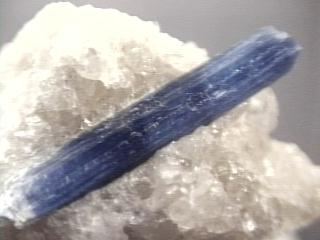
$ 14.00

kya-1 ($ 14.00)
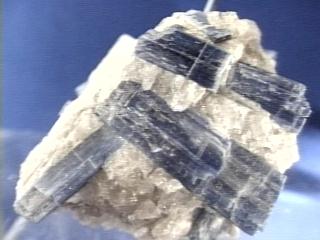
$ 34.00

kya-2 ($ 34.00)
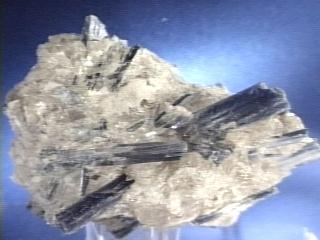
$ 52.00

kya-3 ($ 52.00)
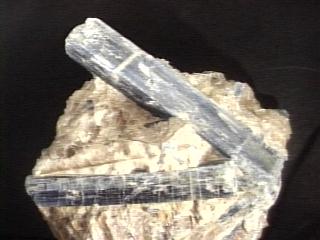
$ 215.00

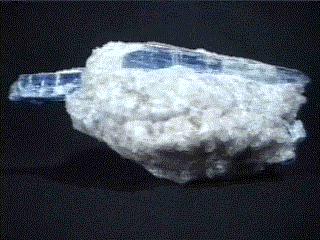
$ 45.00

kya-5 ($ 45.00)

$ 87.00
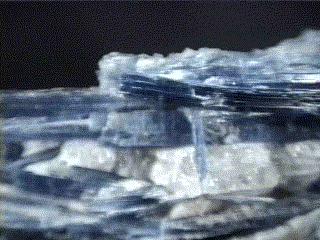

kya-6 ($ 87.00)
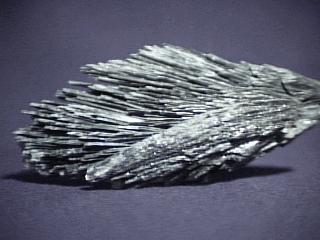
$ 30.00

kya-7 ($ 30.00)
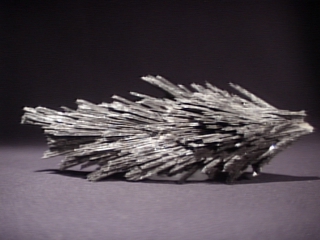
$ 40.00

kya-8 ($ 40.00)
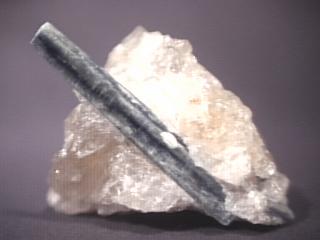
$ 30.00

kya-9 ($ 30.00)
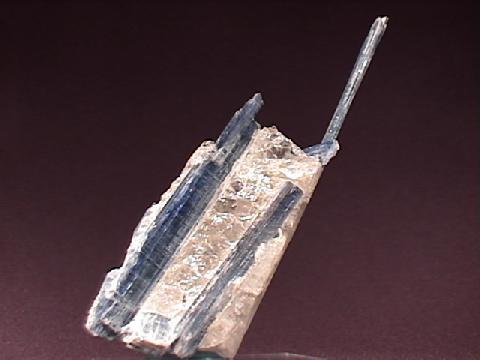
$ 36.00

kya-10 ($ 36.00)
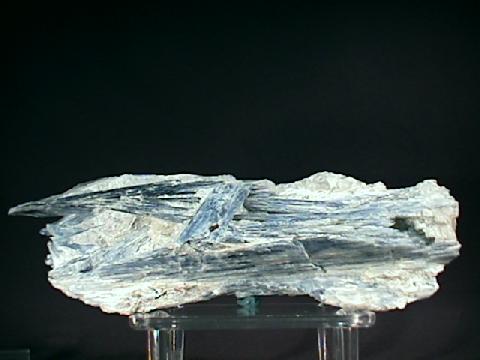
$ 75.00
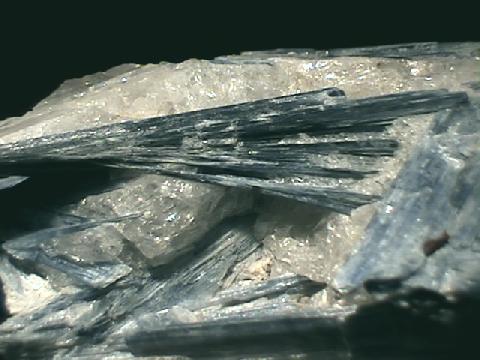

kya-11 ($ 75.00)
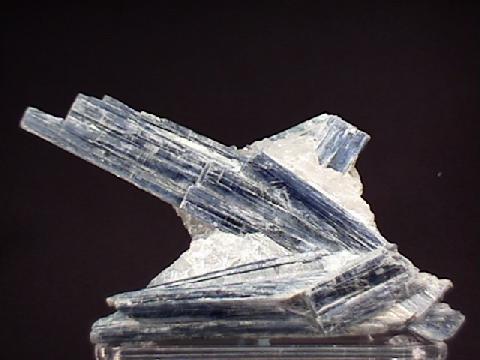
$ 70.00
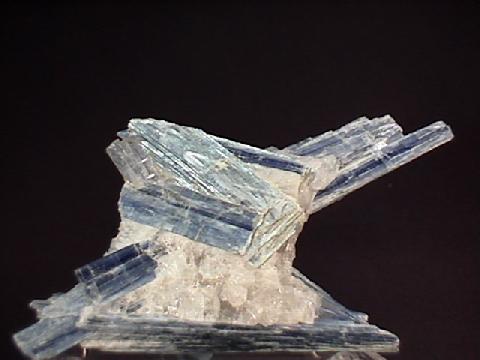

kya-12 ($ 70.00)
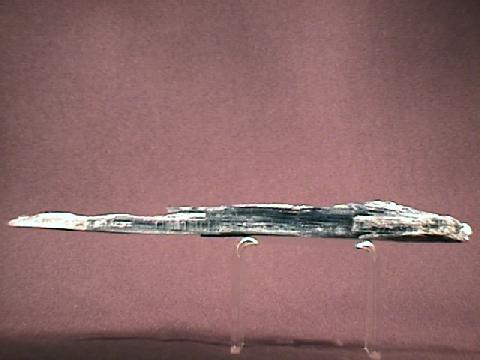
$ 30.00
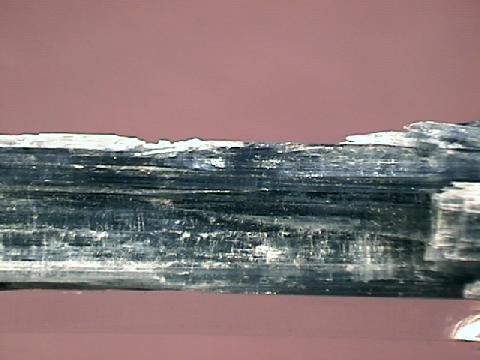

kya-13 ($ 30.00)

$ 75.00
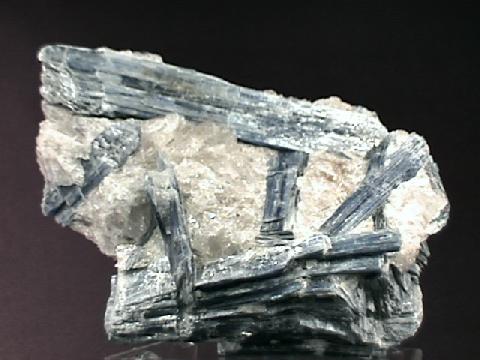

kya-14 ($ 75.00)
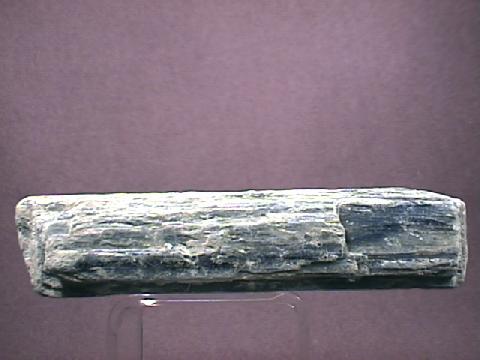
$ 30.00

kya-15 ($ 30.00)
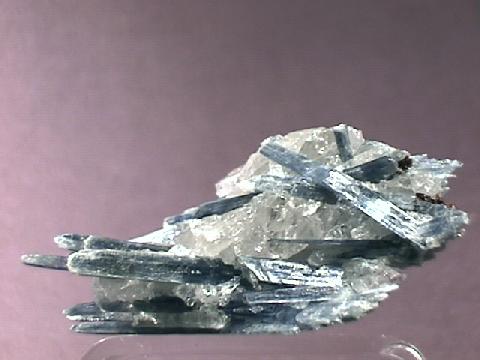
$ 25.00
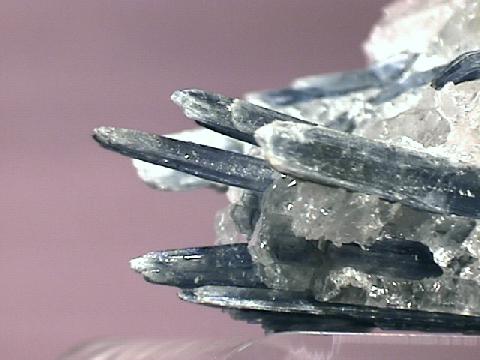

kya-16 ($ 25.00)
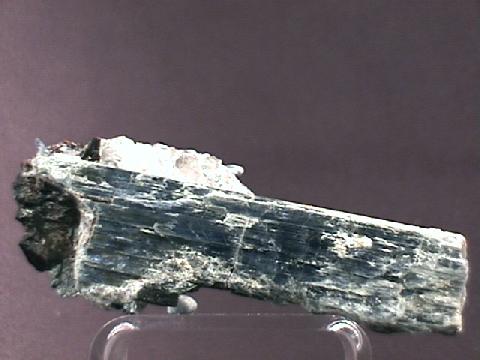
$ 32.00
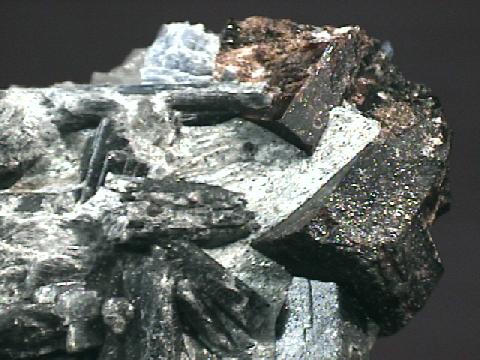

kya-17 ($ 32.00)

$ 28.00


kya-18 ($ 28.00)
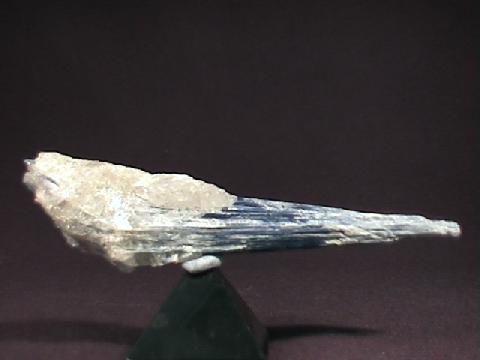
$ 25.00

kya-19 ($ 25.00)
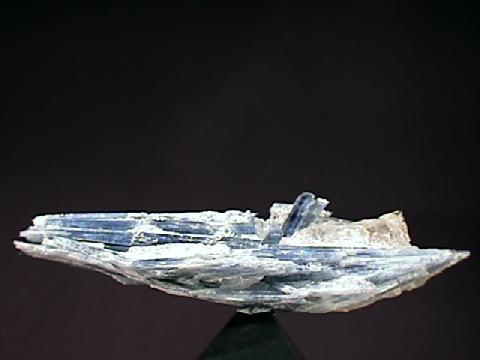
$ 25.00
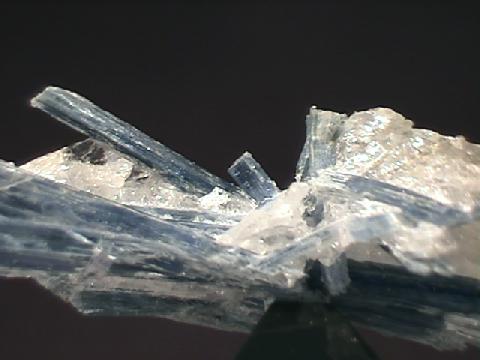

kya-20 ($ 25.00)
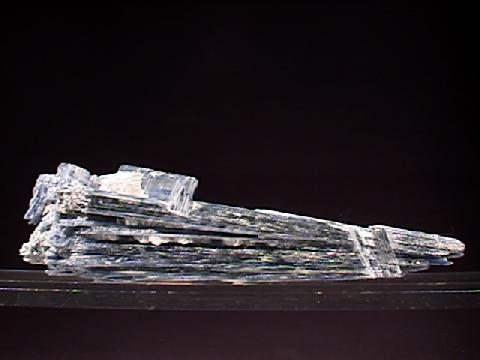
$ 25.00
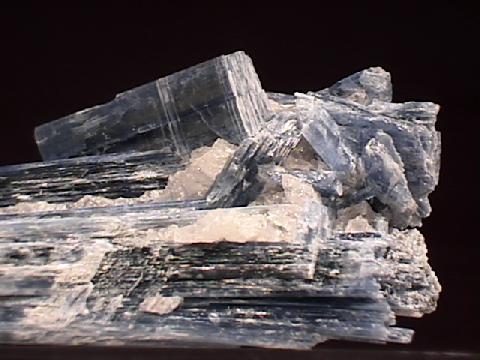

kya-21 ($ 25.00)
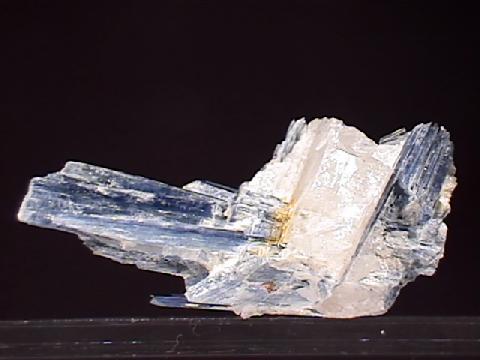
$ 25.00

kya-22 ($ 25.00)
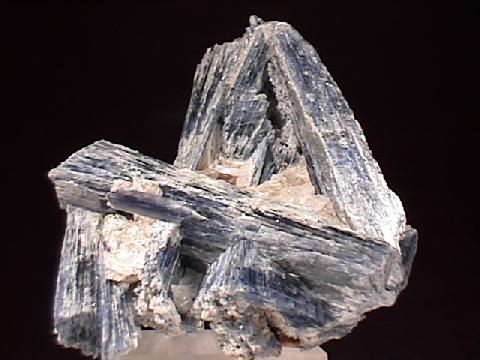
$ 25.00

kya-23 ($ 25.00)
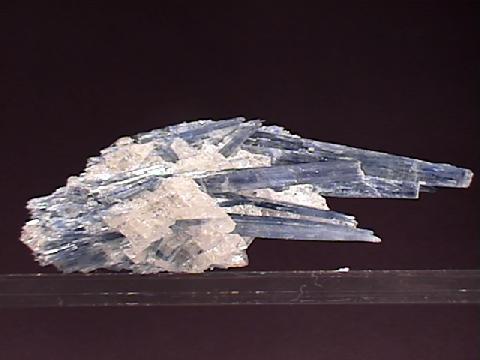
$ 25.00

kya-24 ($ 25.00)
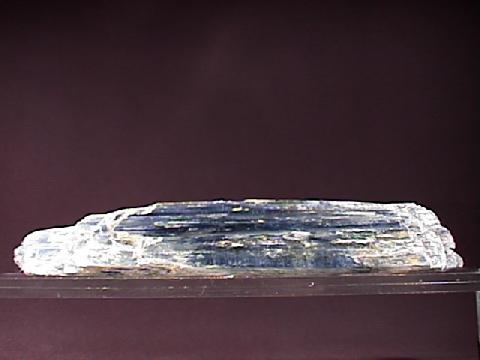
$ 25.00


kya-25 ($ 25.00)
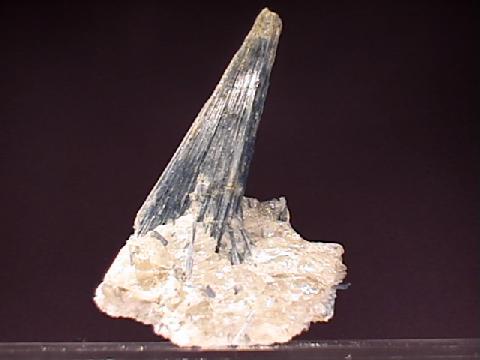
$ 45.00
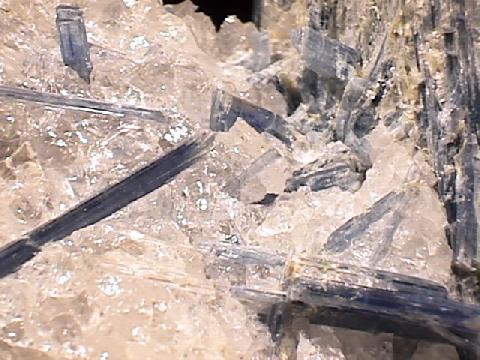

kya-26 ($ 45.00)

$ 25.00

kya-27 ($ 25.00)
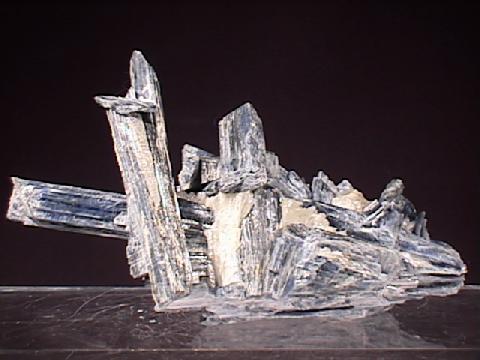
$ 115.00
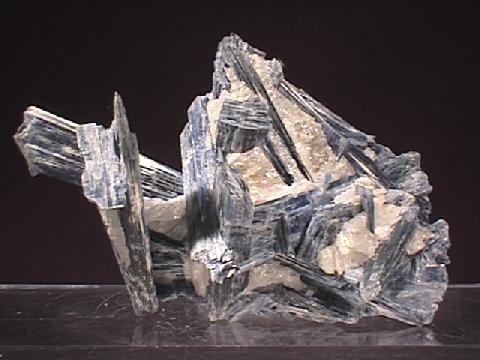

kya-28 ($115.00)
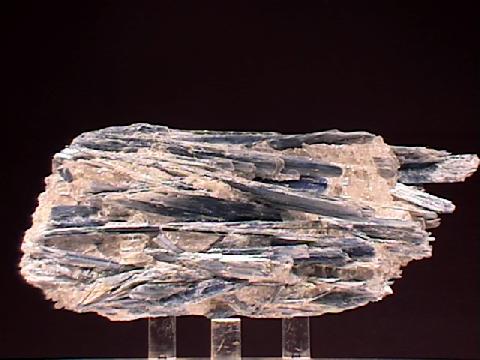
$ 35.00


kya-29 ($ 35.00)
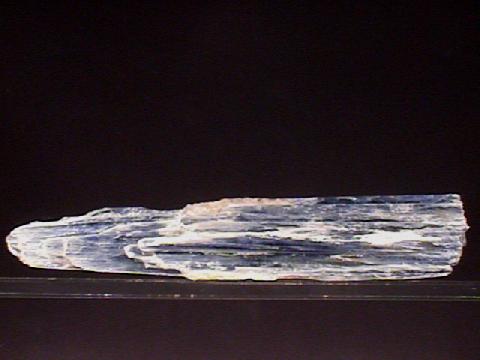
$ 27.00

kya-30 ($ 27.00)
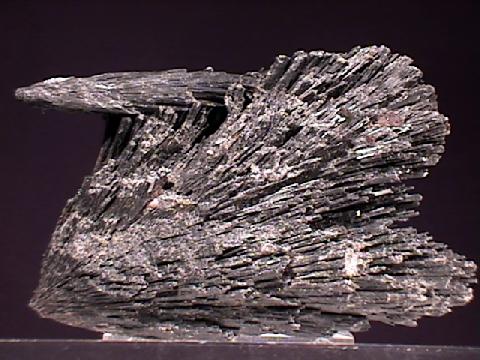
$ 25.00

kya-31 ($ 25.00)

$ 33.00

kya-32 ($ 33.00)
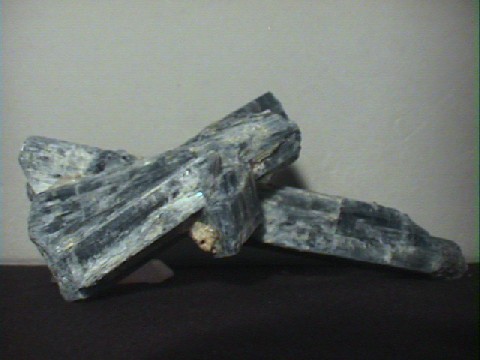
$ 90.00
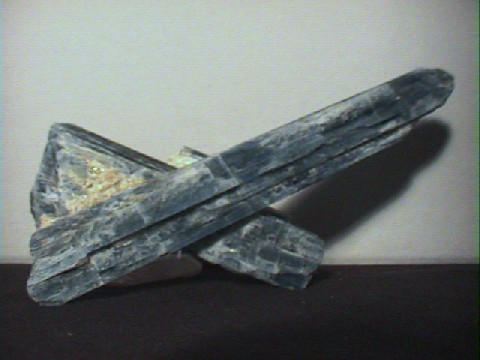

kya-33 ($ 90.00)
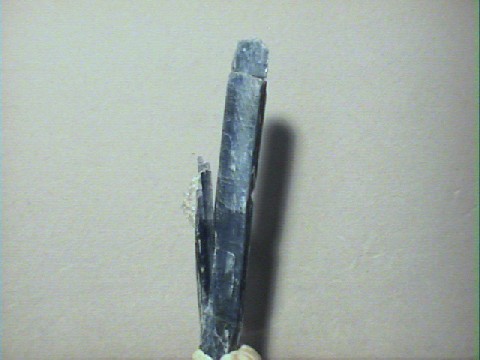
$ 45.00

kya-34 ($ 45.00)
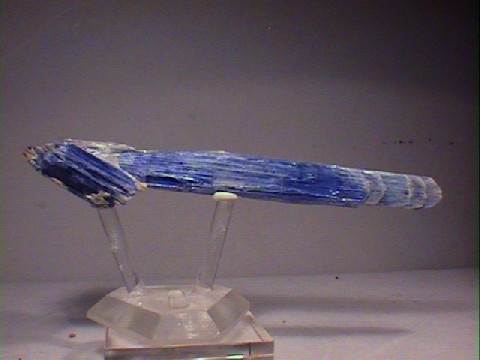
$ 25.00

kya-36 ($ 25.00)
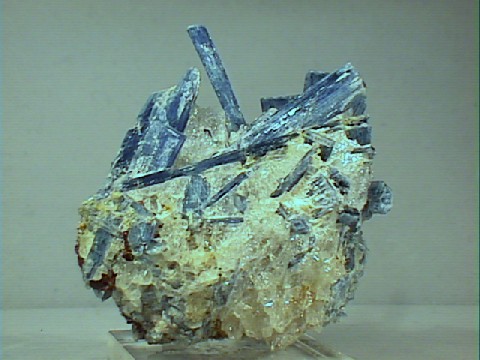
$ 44.00

kya-35 ($ 44.00)
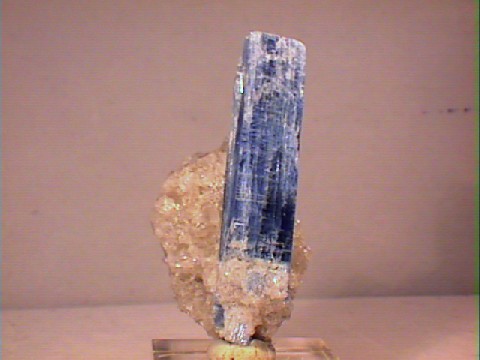
$ 29.00

kya-37 ($ 29.00)
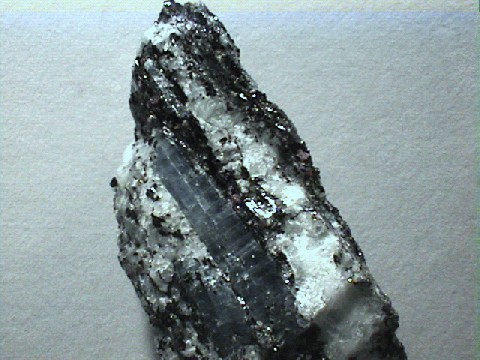
$ 45.00


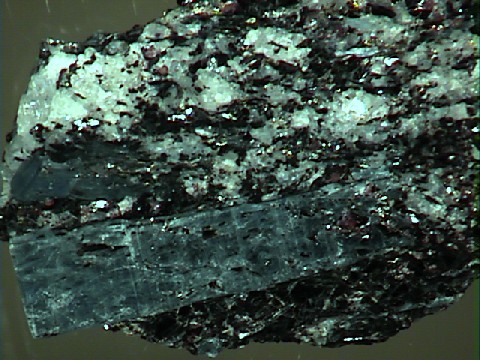
$ 25.00

kya-39 ($ 25.00)
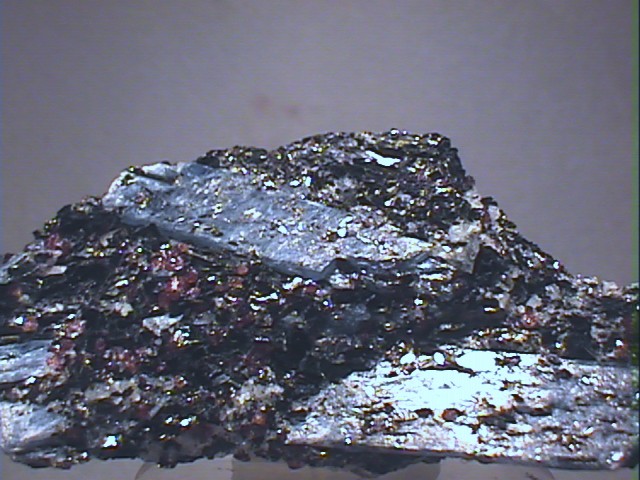
$ 26.00

kya-40 ($ 26.00)
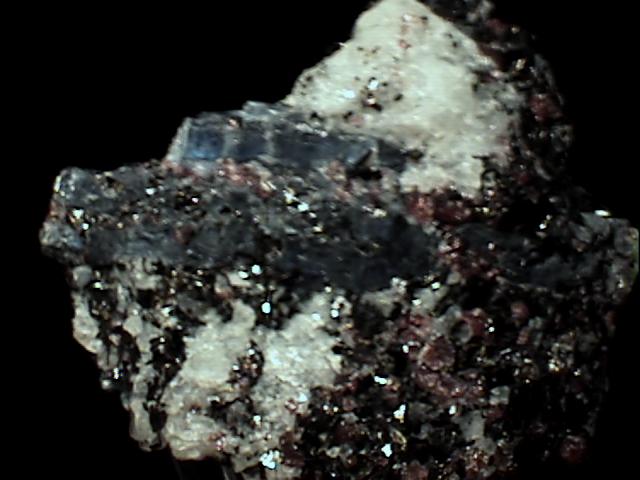
$ 25.00
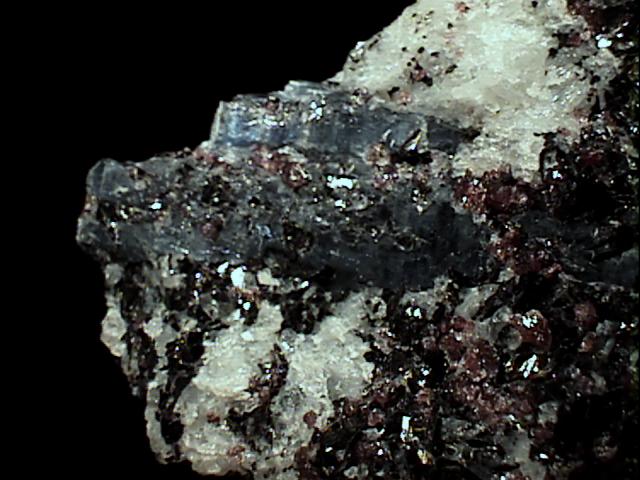

kya-41 ($ 25.00)
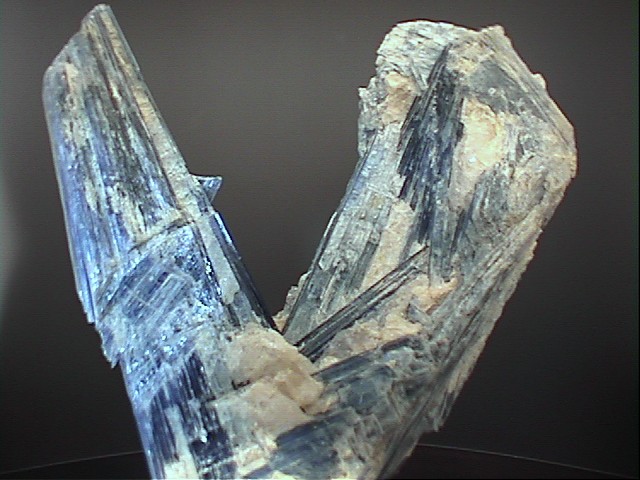
$ 50.00
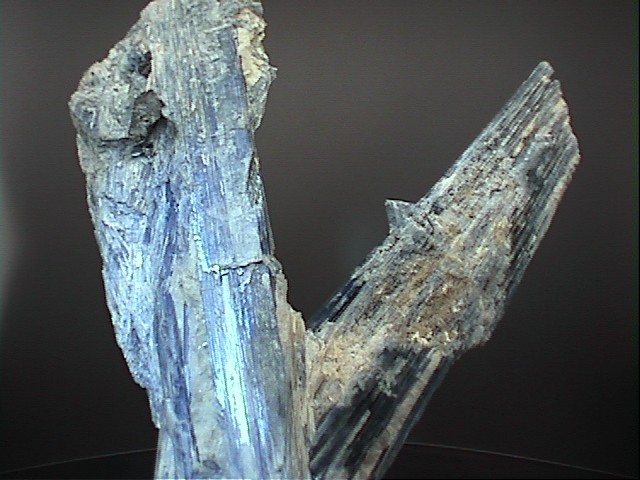

kya-42 ($ 50.00)
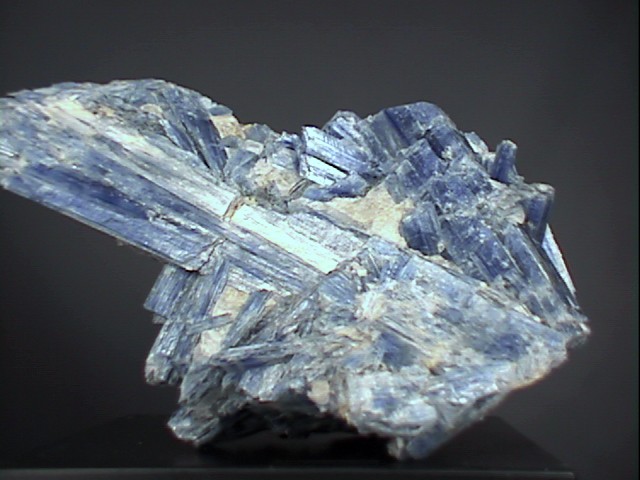
$ 40.00


kya-43 ($ 40.00)

$ 30.00


kya-44 ($ 30.00)